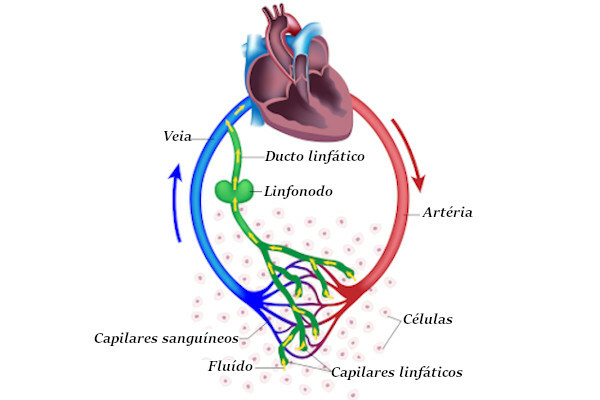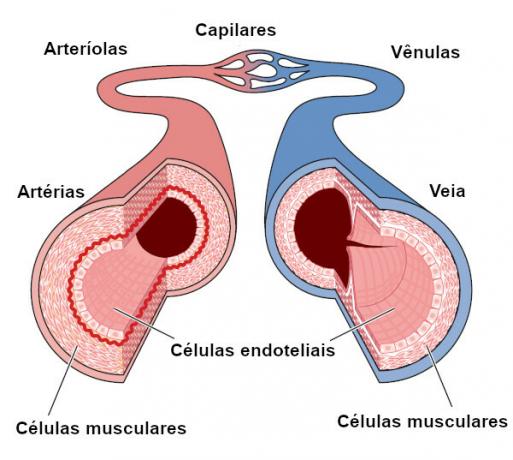The vacuoles are sacculiform structures that have different functions and are found in different types of cells. The best known vacuole is that found in vegetables, also called cellular juice vacuole. However, there are other types of vacuoles, such as digestives and pulsatiles.
O cell juice vacuole it is the type found in plant cells and is usually just called a vacuole. This structure, as well as the presence of cell wall and plastos, constitutes an important difference between animal and plant cells.
The cell juice vacuoles are bounded by a simple membrane called the tonoplast or vacuolar membrane. Inside the vacuoles, there is an acidic pH solution formed by substances dissolved in water (sugars, proteins, phenolic compounds, pigments and salts) which is known as vacuolar juice or juice cell.
A meristematic plant cell usually has several small vacuoles. As this cell develops and specializes, the vacuoles unite and form a single structure. In cells of the parenchyma, this organelle reaches up to 90% of the cell's total space.
The main functions that can be attributed to cell juice vacuoles are substance storage, control osmotic, maintenance of cell pH, digestion of cellular components, pigmentation of flowers and fruits and defense against pathogens and herbivores. This last function can be attributed to these structures due to the presence of crystals, phenolic compounds and other substances in the cell juice that drive away fungi, some bacteria and animals that feed on vegetable.
Do not stop now... There's more after the advertising ;)

Contractile vacuoles are found in freshwater protists
In addition to cell juice vacuoles, we have digestive vacuoles, which, unlike the first type, are not exclusive to vegetables. The digestive vacuoles are responsible for intracellular digestion and arise from the process of endocytosis, in which food is captured by the cell and forms the pinosome or phagosome, which is nothing more than a vacuole with food inside. One lysosome then it joins with that structure and forms a digestive vacuole.
A special type of digestive vacuole is the autophagic vacuole. It receives this name because its function is to digest structures of the cell itself. Usually these structures are old organelles that will have their components reused.
Finally, we have the pulsatile vacuoles, also called contractile vacuoles. This structure is found in some freshwater protists, such as paramecia and euglenas. The function of this organelle is to eliminate excess water that enters these organisms by osmosis or that has been absorbed with food. The entry of water through osmosis is explained by the fact that protists are hypertonic in relation to the environment in which they live, which leads to the entry of water.
By Ma. Vanessa dos Santos
Would you like to reference this text in a school or academic work? Look:
SANTOS, Vanessa Sardinha dos. "Vacculoles"; Brazil School. Available in: https://brasilescola.uol.com.br/biologia/vacuolos.htm. Accessed on June 27, 2021.


